Recently the Cambodian Government evicted people living around the Angkor Wat Temple Complex.
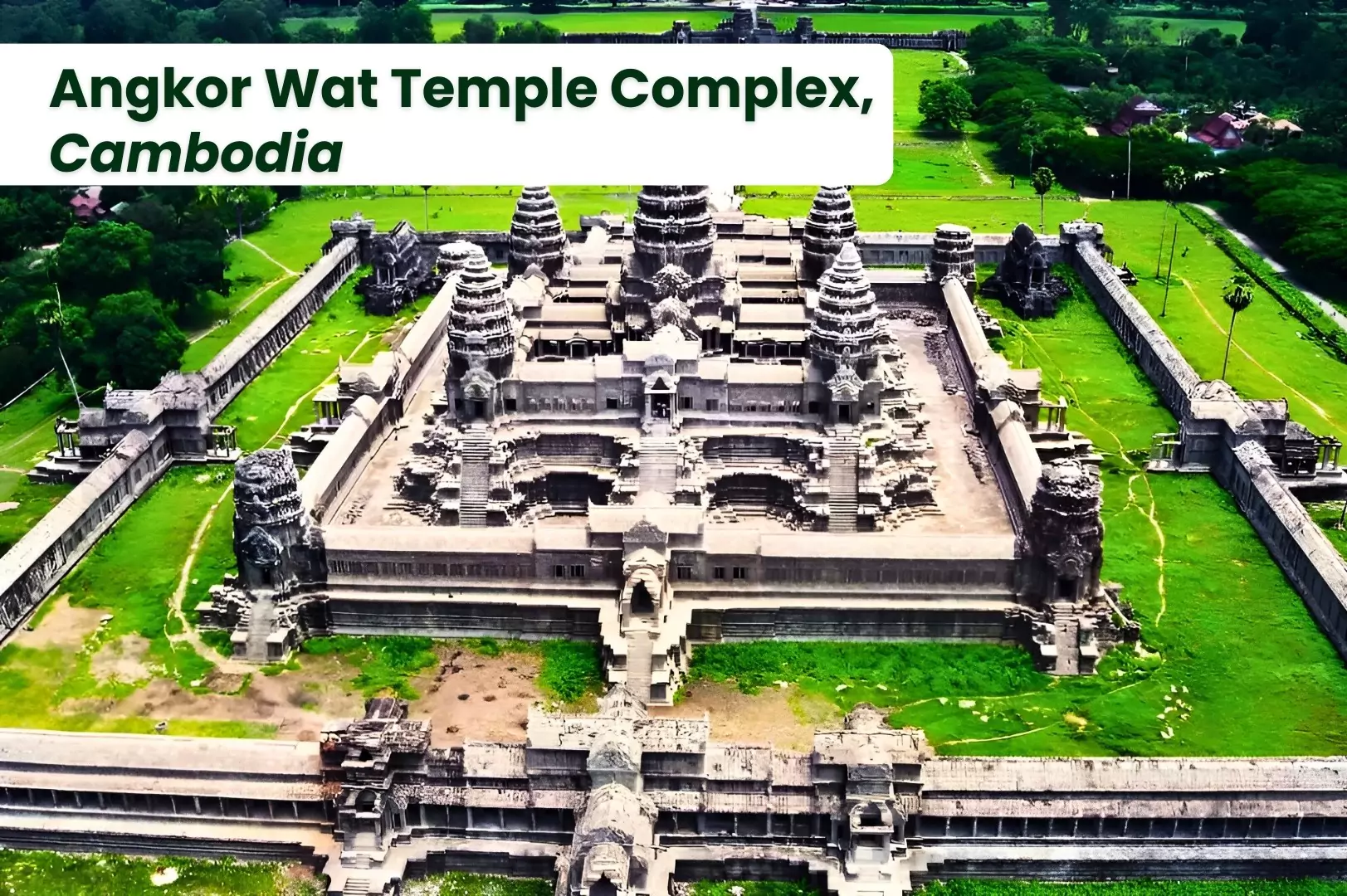
News Source: The Hindu
| Must Read | |
| NCERT Notes For UPSC | UPSC Daily Current Affairs |
| UPSC Blogs | UPSC Daily Editorials |
| Daily Current Affairs Quiz | Daily Main Answer Writing |
| UPSC Mains Previous Year Papers | UPSC Test Series 2024 |
The Defence Minister is set to inaugurate several infrastructure projects at the Indian Navy‘s strategically located base in Karnataka’s Karwar.

News Source: PIB
| Must Read | |
| NCERT Notes For UPSC | UPSC Daily Current Affairs |
| UPSC Blogs | UPSC Daily Editorials |
| Daily Current Affairs Quiz | Daily Main Answer Writing |
| UPSC Mains Previous Year Papers | UPSC Test Series 2024 |
As a component of the Sanchar Saathi portal, the Department of Telecommunications introduced Chakshu and the Digital Intelligence Platform.
Sanchar Saathi Portal
|
|---|
| Must Read | |
| NCERT Notes For UPSC | UPSC Daily Current Affairs |
| UPSC Blogs | UPSC Daily Editorials |
| Daily Current Affairs Quiz | Daily Main Answer Writing |
| UPSC Mains Previous Year Papers | UPSC Test Series 2024 |
Recently, the Prime Minister witnessed the start of core loading for India’s indigenous 500 Mwe Prototype Fast Breeder Reactor (PFBR) in the nuclear plant at Kalpakkam, Chennai.
Status of Nuclear Power in India
|
| Must Read | |
| NCERT Notes For UPSC | UPSC Daily Current Affairs |
| UPSC Blogs | UPSC Daily Editorials |
| Daily Current Affairs Quiz | Daily Main Answer Writing |
| UPSC Mains Previous Year Papers | UPSC Test Series 2024 |
The Great Lakes ecosystem have for the second consecutive year recorded a below average ice cover as per the National Oceanic & Atmospheric Administration (NOAA).
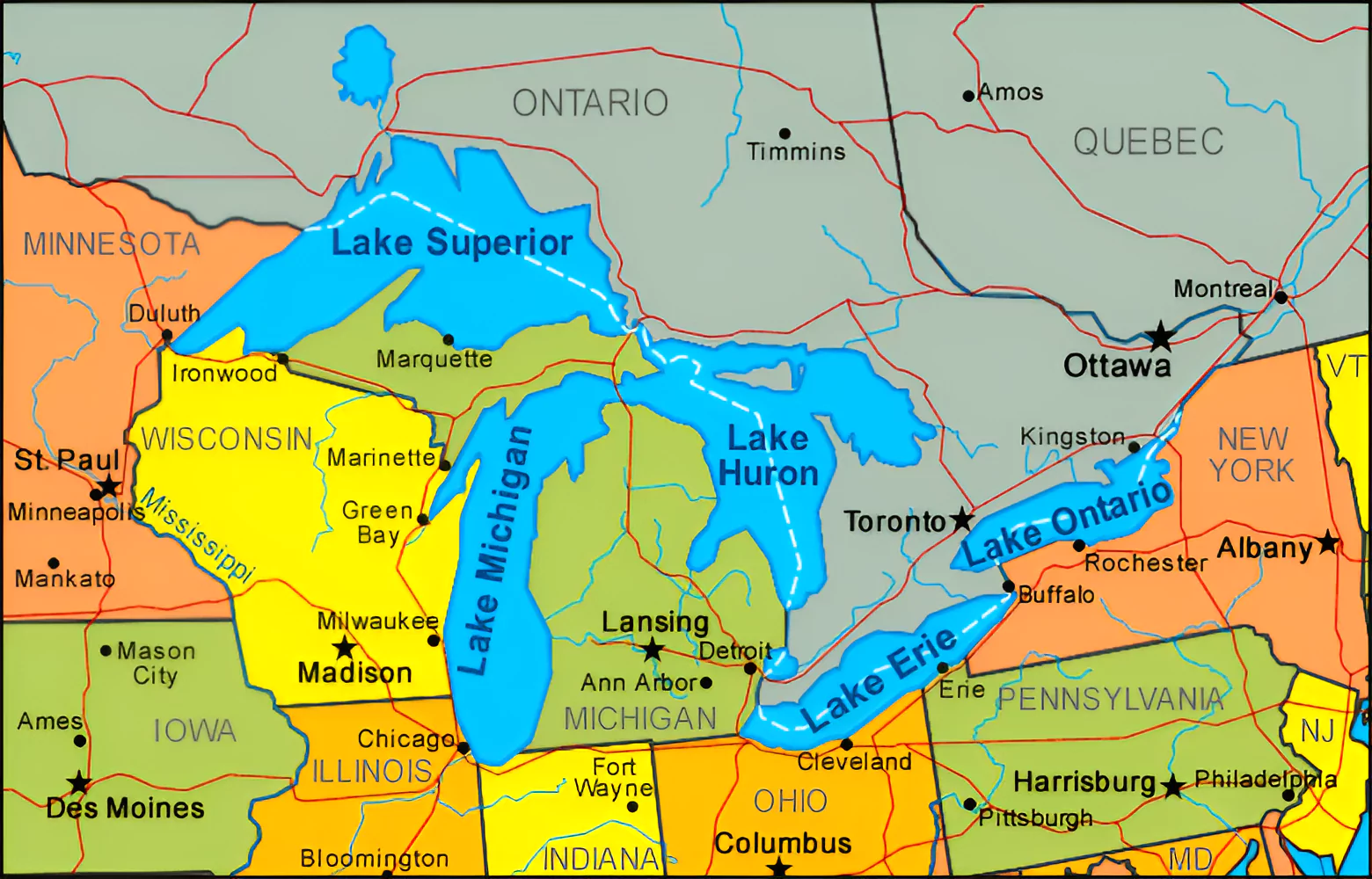 It connects to the Atlantic Ocean via the Saint Lawrence River.
It connects to the Atlantic Ocean via the Saint Lawrence River.
About National Oceanic & Atmospheric Administration (NOAA)
|
|---|
News source: DTE
| Must Read | |
| NCERT Notes For UPSC | UPSC Daily Current Affairs |
| UPSC Blogs | UPSC Daily Editorials |
| Daily Current Affairs Quiz | Daily Main Answer Writing |
| UPSC Mains Previous Year Papers | UPSC Test Series 2024 |
India’s first National Dolphin Research Centre (NDRC) has opened in Patna, Bihar to help protect the Gangetic river dolphin.
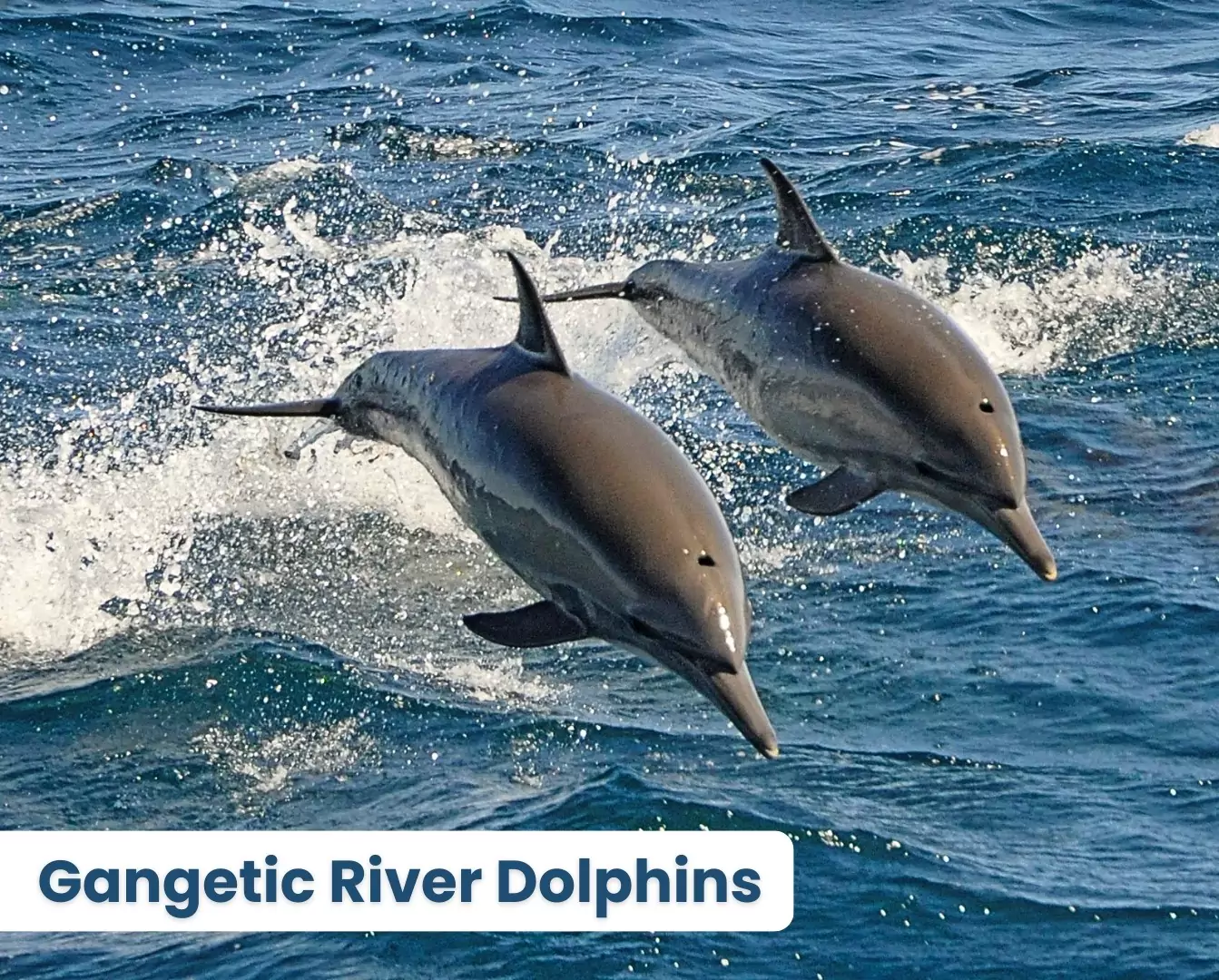
Echolocation
|
|---|
News Source: Downtoearth
| Must Read | |
| NCERT Notes For UPSC | UPSC Daily Current Affairs |
| UPSC Blogs | UPSC Daily Editorials |
| Daily Current Affairs Quiz | Daily Main Answer Writing |
| UPSC Mains Previous Year Papers | UPSC Test Series 2024 |
Recently, the Centre ordered that the status quo be maintained on the Shanan hydropower project, over which Punjab and Himachal Pradesh have made competing claims.
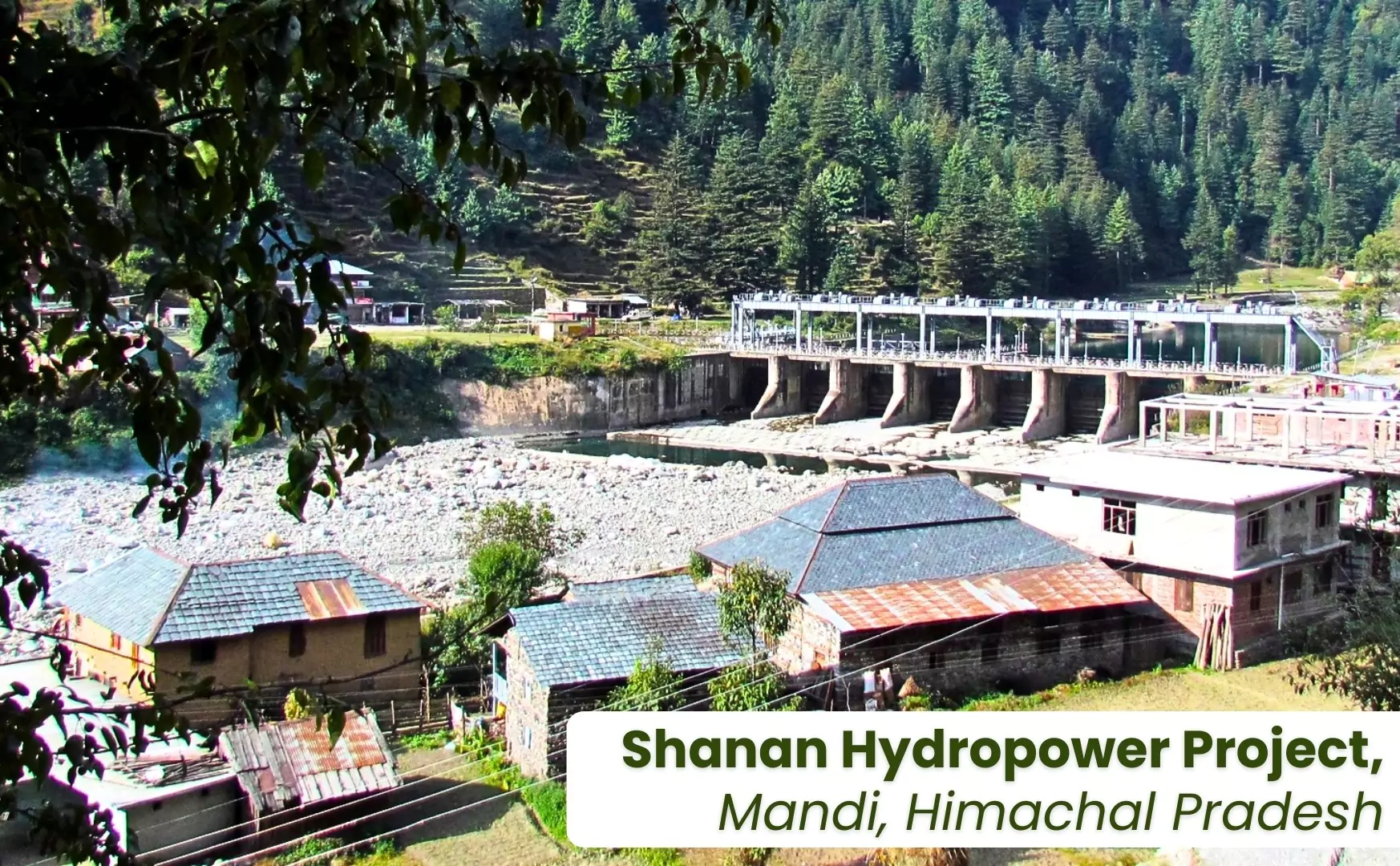
News Source: The Indian Express
| Must Read | |
| NCERT Notes For UPSC | UPSC Daily Current Affairs |
| UPSC Blogs | UPSC Daily Editorials |
| Daily Current Affairs Quiz | Daily Main Answer Writing |
| UPSC Mains Previous Year Papers | UPSC Test Series 2024 |
Recently, at Gurugram restaurant, diners were mistakenly served ‘dry ice’ leading to severe health consequences.

Also Read: Global Initiative On Digital Health (GIDH)
News Source: DTE
| Must Read | |
| NCERT Notes For UPSC | UPSC Daily Current Affairs |
| UPSC Blogs | UPSC Daily Editorials |
| Daily Current Affairs Quiz | Daily Main Answer Writing |
| UPSC Mains Previous Year Papers | UPSC Test Series 2024 |
Recently the Reserve Bank of India (RBI), for quicker settlement of funds for merchants, has asked NPCI Bharat BillPay Ltd. (NBBL) to implement an interoperable system for Internet Banking.
Bharat Bill Payment System
Components
|
|---|
News Source: The Hindu
| Must Read | |
| NCERT Notes For UPSC | UPSC Daily Current Affairs |
| UPSC Blogs | UPSC Daily Editorials |
| Daily Current Affairs Quiz | Daily Main Answer Writing |
| UPSC Mains Previous Year Papers | UPSC Test Series 2024 |
Recently, the Union Minister for Steel and Civil Aviation inaugurated India’s first Green Hydrogen Plant in the Stainless Steel Sector at Jindal Stainless Limited (JSL), Hisar, Haryana.
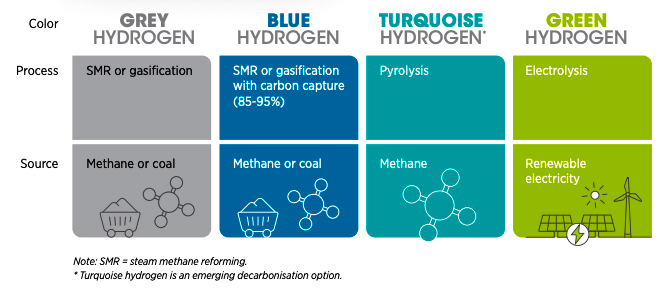
Green Hydrogen is produced using electrolysis of water with electricity generated by renewable energy.
Build Own Operate (BOO): It is a Public Private Partnership (PPP) model for private investment in infrastructure projects
|
|---|
News Source: AIR
| Must Read | |
| NCERT Notes For UPSC | UPSC Daily Current Affairs |
| UPSC Blogs | UPSC Daily Editorials |
| Daily Current Affairs Quiz | Daily Main Answer Writing |
| UPSC Mains Previous Year Papers | UPSC Test Series 2024 |
This Article is based on the news “Reform bail law, but make the right diagnosis first” which was published in the Hindu. Lawyers from the Fair Trial Programme, an undertrial legal aid initiative, at National Law University Delhi highlight the issues persisting with Bail laws in India.
| Relevancy for Prelims: Supreme Court, Three New Criminal Law Reform Bills, and Indian Judiciary.
Relevancy for Mains: Bail Laws In India: Bail Provisions in India: Sections, Types, Cases, Challenges, and Way Forward. |
|---|
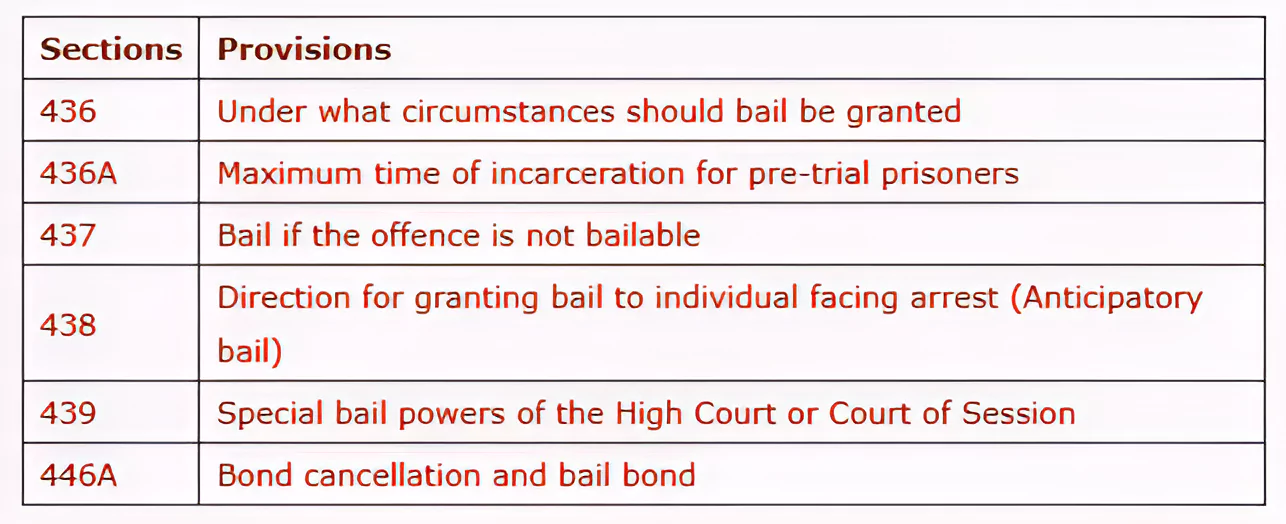
Bail Not Jail
|
|---|
| Must Read | |
| NCERT Notes For UPSC | UPSC Daily Current Affairs |
| UPSC Blogs | UPSC Daily Editorials |
| Daily Current Affairs Quiz | Daily Main Answer Writing |
| UPSC Mains Previous Year Papers | UPSC Test Series 2024 |
This Article is based on the news “JMM bribes for votes ruling: How Supreme Court interpreted privilege for lawmakers” which was published in the Indian Express. Recently, a seven judge Constitution Bench of the Supreme Court held that legislators do not enjoy immunity from criminal prosecution for bribery charges in connection with their speech and votes made in Parliament and Legislative Assemblies.
| Relevancy for Prelims: Supreme Court, Indian Parliament, Parliamentary Democracy, Fundamental Rights (Article 12-35) and Parliamentary Privileges Article 105.
Relevancy for Mains: Bribe For Vote Case: SC Overturns 1998 Ruling, MP/MLAs to Face Criminal Prosecution: Case Highlights, and Significance. |
|---|
Bribe for Vote
|
|---|
About 1998 PV Narasimha Rao Judgement
Other Associated Case:
|
|---|
The Supreme Court’s decision is a significant step towards ensuring transparency and accountability in India’s parliamentary system. It would help in maintaining a delicate balance between upholding legislative independence and combating corruption.
| Prelims PYQ (2017):
One of the implications of equality in society is the absence of (a) Privileges (b) Restraints (c) Competition (d) Ideology Ans: (a) |
|---|
| Must Read | |
| NCERT Notes For UPSC | UPSC Daily Current Affairs |
| UPSC Blogs | UPSC Daily Editorials |
| Daily Current Affairs Quiz | Daily Main Answer Writing |
| UPSC Mains Previous Year Papers | UPSC Test Series 2024 |
SC Verdict on Newsclick Shows Adherence to Due Pro...
Stay Invested: On Chabahar and India-Iran Relation...
Credit Rating Agencies, Impact on India’s De...
Catapulting Indian Biopharma Industry
Globalisation Under Threat, US Import Tariffs Have...
Global Report on Hypertension, Global Insights and...
<div class="new-fform">
</div>
